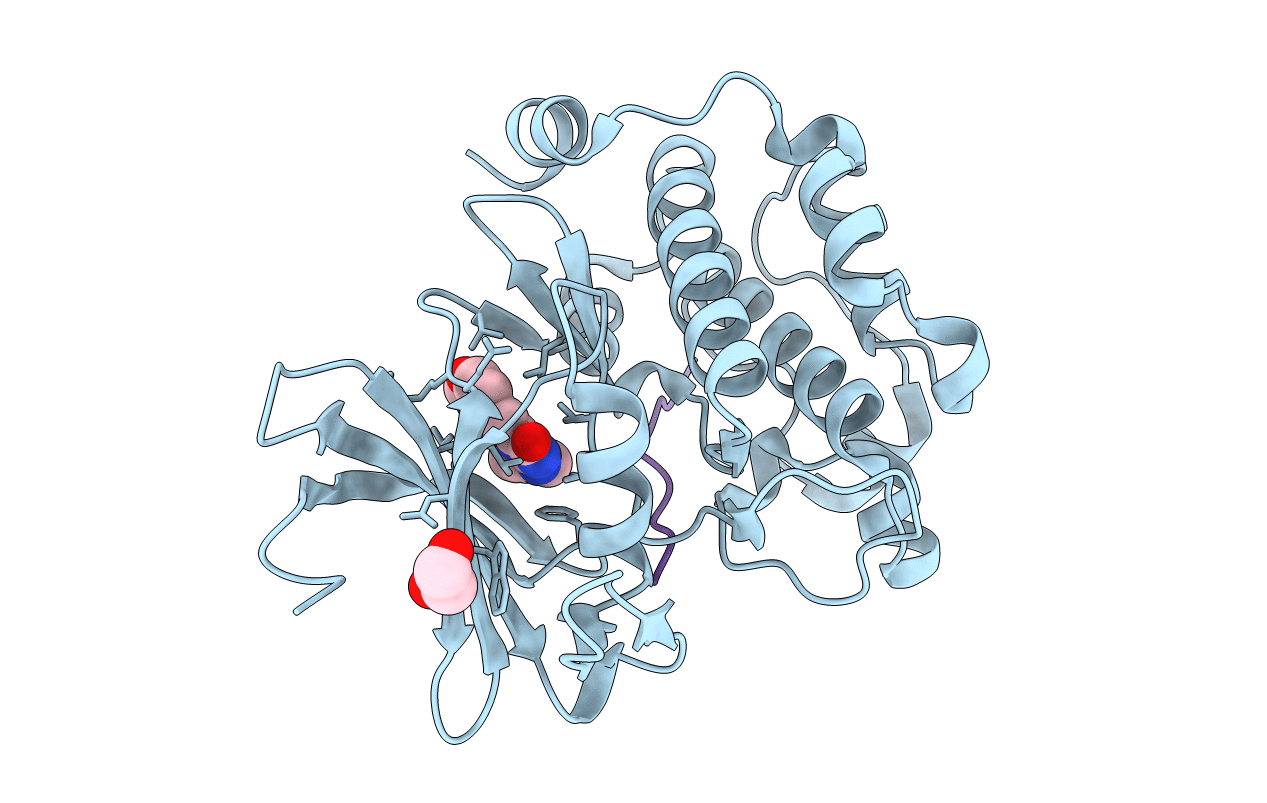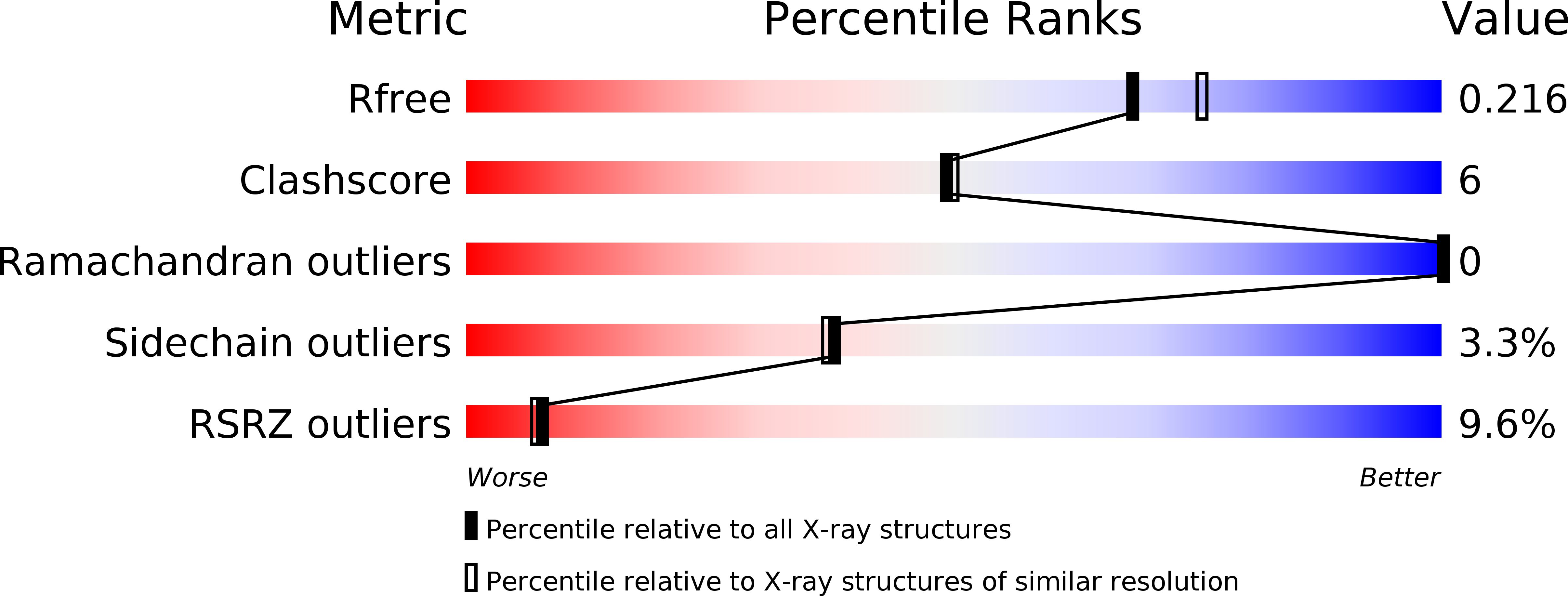
Deposition Date
2012-09-01
Release Date
2012-10-03
Last Version Date
2023-09-13
Entry Detail
PDB ID:
4GW8
Keywords:
Title:
Human proto-oncogene serine threonine kinase (PIM1) in complex with a consensus peptide and Leucettine L41
Biological Source:
Source Organism:
Homo sapiens (Taxon ID: 9606)
Host Organism:
Method Details:
Experimental Method:
Resolution:
2.00 Å
R-Value Free:
0.21
R-Value Work:
0.17
R-Value Observed:
0.17
Space Group:
P 65


